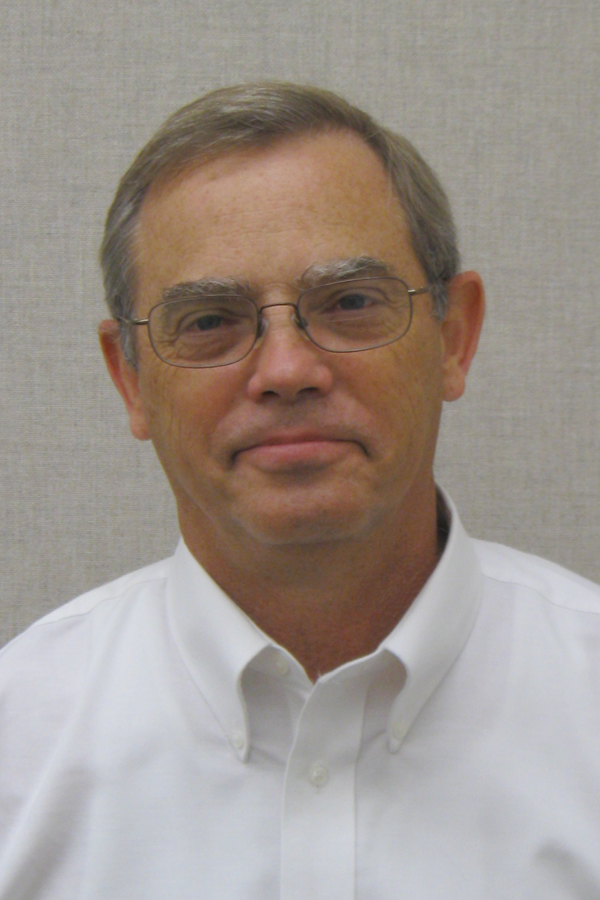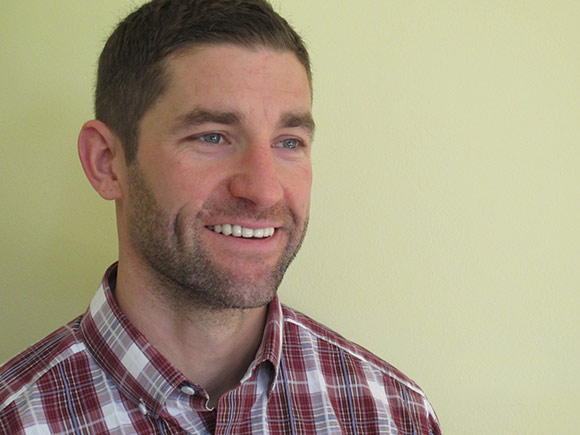Carmell Therapeutics has found a way to recycle human plasma discarded by blood banks, using it to create a bioplastic that can promote wound healing in difficult situations — a sort of super blood clot.
Co-founder Phil Campbell, a native of Florida whose initial training was in animal science (B.S. and M.S. from Auburn University in Alabama), has spent years researching this product, which is now in clinical trials on humans.
Campbell earned a Ph.D. in physiology from Penn State University, with post-graduate training in orthopedics research, including tissue engineering, and is now a research professor in the Institute for Complex Engineered Systems within Carnegie Mellon University‘s Carnegie Institute of Technology, with joint appointments in Biomedical Engineering, Material Science and Engineering, the Molecular Biosensor and Imaging Center, and Biological Sciences.
The bioplastic he and his colleagues, Lee Weiss, Ph.D. and James Burgess, M.D., have developed could have important applications in wound therapy and other types of healing.
Please explain how your product works.
Three-quarters of the plasma harvested in this country is not transfused back into patients. Some is destroyed; the bulk is sold to fractionators who isolate components from it.
We recover that product. It’s enriched with platelets and we take this material from different donors, pool it, and process it into bioplastic. It looks like a piece of plastic (sort of like a Gummi Bear), but it retains the biological activity of the original material.
Our product is an ultra-concentrated blood clot, with all the goodies that blood clots have that can help jump-start the healing process. Blood clots are not tissue-specific…so this can be used for a huge range of situations.
The first clinical trials, which will be finished in a couple of months, are using it for the lower leg, to promote healing and repair of compound fractures of the tibia, which don’t heal very well normally.
You could also use it for burn patients on large open wounds, or for decubitus ulcers in diabetic patients, which are poorly healing skin wounds. You could possibly use it in dental applications. You can use it as a putty, as hard material or as a powder, depending on the situation.
What inspired you to start Carmell Therapeutics?
Back in 2004 or 2005, I was in the library at Carnegie Mellon and found an old book from the 1960s that gave examples of World War II technology development. They described making bioplastics from fibrin (protein that clots blood). They purified fibrinogen from human plasma and made it into a plastic that could be machined and drilled, and so forth.
What we know now that we didn’t know in the 1940s is that plasma and platelets have all sorts of hormones (only recently discovered) that are important for wound healing.
In order to make the plastic, they cooked it, so they destroyed all the biological activity. They were just making an implant. What we tried to do was see if we could maintain most of the biological activity, and then find out if it had therapeutic applications.
That’s what we’ve accomplished in the last 10 years. We were able to develop a manufacturing process to make plasma into a plastic using procedures that maintained its biological activity. That’s what all our patents are for.
Now we have a product, and it’s been in clinical trials for almost two years in Cape Town, South Africa. We chose South Africa because it’s considered a Tier One country by the FDA, it has a long history of orthopedic-related research, and its approval process is relatively straightforward.
The clinical trial’s primary goal is efficacy and safety — the data supports these so far — and when it’s done, we can start the application process to move toward limited sales in South Africa, Canada or Europe. If we can start selling the product, we can accumulate additional clinical data, and then we can go to the FDA.
What has been the biggest challenge so far?
When we started to become interested in what would be our first product, the problem was that every physician and surgeon we talked to said they could use it, whatever their specialty.
When you have a material that has such a broad application, it’s not easy to focus on what’s going to be your first product…You have one shot at this with any biological-based therapy, and you’re guessing what’s the best approach.
At that point, we had brought on Alan West as our CEO, and we also had a board, so there were multiple people involved in making that decision.
What resources did you take advantage when starting the company?
I’m at CMU, and they have a long history of supporting innovative business initiatives from their faculty. Faculty members at CMU are entitled to 20 percent of their time on their own; we (Weiss and I) could spend it on the company.
All of the primary discovery was through CMU and partly through Allegheny General Hospital (where Burgess is a neurosurgeon). That means the patents belong to the university, because we’re technically employees, but they have very favorable terms for inventors.
CMU also allowed us to incubate the company on its campus.
Ben Franklin Technology Partners’s Innovation Works came into it by giving us funding early in the process. CMU donated money, and the Life Sciences Greenhouse of Central PA also provided funding.
Where are you now?
We’re located about a mile from the CMU campus, in the basement of the Central Blood Bank in Pittsburgh. The blood bank is a partner and investor as well.
What’s the big differentiator for your company?
Unlike with synthetics, the body is already designed to break [our product] down. The body knows how to deal with a fibrin clot…It’s not a foreign substance; it’s made from human material.
Currently, the biological products being used are autologous (using the patient’s own body as a donor). If you’re a sick person, the quality of the blood is not good.
This product depends on getting plasma from the blood bank, and the donors are all healthy, living individuals.
What’s next for Carmell Therapeutics?
We’ll take the product to market as soon as possible. We’re also developing new products. Our material can also be used for drug delivery to wound sites, and the beauty of it is that it’s off-the-shelf.
We also envision using the material to make little plastic screws that can be placed in the wall of the heart. The screw can have a drug or microsensing device inside. We’re doing animal studies with that now.
Writer: Susan L. Pena

http://carmellrx.com/
3636 Boulevard of the Allies Pittsburgh, PA 15213


